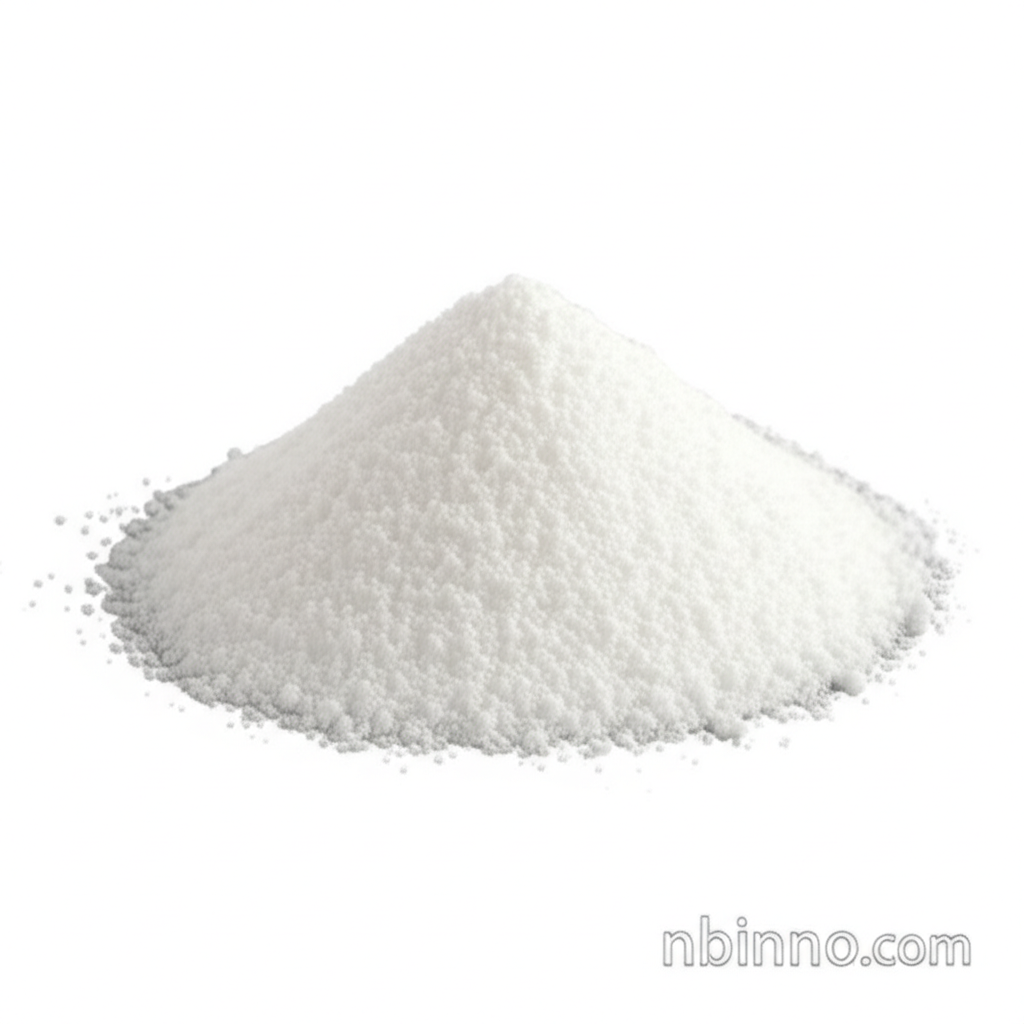Poly-L-Lysine Hydrobromide: A Versatile Solution for Your Needs
Discover the wide-ranging benefits and applications of this essential amino acid polymer.
Get a Quote & SampleProduct Core Value

Poly-L-Lysine Hydrobromide
Poly-L-lysine hydrobromide is a synthetic, positively charged homopolymer of L-lysine, widely utilized for its diverse functional properties. It is instrumental in food applications as a preservative and antioxidant, contributing to food safety and longevity. In the realm of biotechnology, it serves as a crucial cell culture additive, significantly improving cell adhesion and growth, particularly for cells that exhibit poor natural adhesion. This makes it an indispensable tool for researchers in cell biology, neuroscience, and tissue engineering. Its chemical structure allows for broad applications, from advanced microscopy techniques to novel drug delivery systems.
- Discover the significant benefits of poly-L-lysine hydrobromide applications in modern food science, contributing to enhanced shelf-life and safety.
- Unlock advanced cell culture techniques with poly-L-lysine hydrobromide, fostering better cell adhesion and experimental outcomes.
- Explore how this versatile compound can be used as a reliable food preservative in various food products.
- Learn about the critical role of poly-L-lysine hydrobromide in biotechnology, aiding in complex research and development.
Key Advantages
Enhanced Cell Adhesion
Leverage the inherent positive charge of poly-L-lysine hydrobromide to dramatically improve cell attachment to culture surfaces, a key factor for successful cell culture experiments.
Effective Food Preservation
Utilize poly-L-lysine hydrobromide as a powerful food preservative, offering antioxidant and antimicrobial benefits to extend product freshness and quality.
Versatile Research Tool
Benefit from its broad utility in scientific research, including its role as an attachment factor for sensitive cell types and its application in microscopy, essential for accurate observations.
Key Applications
Food Industry
As a natural and effective food preservative, it enhances the shelf life of various food items, acting as an antioxidant and chelating agent.
Biotechnology Research
Crucial for promoting cell adhesion in cell culture and tissue engineering, enabling growth of cells that do not adhere readily to standard surfaces.
Drug Delivery Systems
Its ability to form complexes with macromolecules makes it a candidate for advanced drug delivery systems, enhancing therapeutic efficacy.
Microscopy and Diagnostics
Used as a slide coating to prevent specimen loss during processing, ensuring clear and reliable microscopic examination and diagnostic results.
